Since I work in the commercial art world for a big international publishing company, it’s part of my job to keep knowledgeable about IP (Intellectual Property) Law. It turns out it’s not just enough to do great book covers, you have to make sure you don’t get in legal trouble doing it. I also happen to be the daughter of a Judge, so I grew up around law and find it pretty interesting. Most artists I know are a bit allergic to legalese (especially when it comes to contracts) but getting comfortable with legal language is a great skill to have in a creative career. Especially around the realm of new technology. (Inserting plug here for the Volunteer Lawyers for the Arts who do great affordable seminars on art related topics all the time.)
Here’s where I remind you I’m not a lawyer so an actual lawyer can explain all this more perfectly, but I’m an artist writing for artists, and these are opinions & educated guesses (Not. A. Lawyer.) so here we go:
I’m talking about US law, as that is my expertise, but IP/copyright laws are very similar across many countries, and we are speaking in general terms. The most important thing to understand about legal systems is that there are 2 types of law: Black Letter Law and Common Law. I’m oversimplifying, but Black Letter Law are the rules that are so agreed upon and so encoded in laws and rules that there’s really no debating them. Murder is bad, theft is wrong…that kind of thing. Common Law is developed over time by courts and where “precedence” (all the cases that have been decided before in the same jurisdiction) has built up laws and applications of those laws over time. It’s also much more subject to change. It’s where laws governing new technologies are developed. And, no surprise, IP and Copyright Law is almost entirely in the domain of Common Law.
I bring this up because understanding this makes it easier to not, say, panic too much over new technologies (cough cough NFTS cough). And I’ve seen a lot of panic recently around the new AI-generated art platforms popping up all over the internet. I was ready to launch into an intro of these platforms for folks that don’t know what I’m talking about but bless Arnie Fenner for beating me to the punch. Go read his post here if you don’t know what I’m talking about.
I’ve been noticing a lot of experimentation, fighting, and panic over these AI platforms — I am here to tell you, and let me say this loud and clear, THE AIs ARE NOT REPLACING ILLUSTRATORS. Not in a commercial sense, at least. I imagine this is a repeat of the same concern when Google Images launched. Anything that makes art easier to find and be used will be used by amateurs. It will also, unfortunately be used illegally. But AI generated art cannot be used legally commercially because it cannot be copyrighted*. That means no company can use it for a book cover. It cannot be used on Magic Cards. It cannot be used in advertising. It cannot be sold on merchandise. Are there folks that will do so? Of course, just like print on demand services are rife with people’s stolen artwork. It’s a new interesting tech so it might be used by companies for a stunt or for novelty value while the laws are still being figured out. AI generated art is an art video game. Can it be used for inspiration? Yes. Can it be used for reference? Maybe—just remember to always use multiple sources of reference—ask Shepard Fairey.
Remember that in most places a creator has an automatic copyright over anything they create that is original and free of other existing copyrights. That means you have the copyright for original characters, but Disney’s copyright is already existent so you do not have a copyright to a drawing of Mickey Mouse you make. AIs are not people, thus they cannot be granted a copyright. The folks that “own” the AI can also not claim copyright because the AI is using an infinite amount of images (many of which are copyrighted) to create the images it makes, because these AIs have access to the entire internet.
Why did I bring up precedence earlier? Because that is what you watch for in the cases of new technology. You see what the first rulings are on the issues, and if they all start going in the same direction, well then you know how the Common Law is being built. The US Copyright Office ruled that you cannot copyright AI generated art. So that means that every single one of the AI Art platforms have to be very careful about their wording. Some already are, and some haven’t caught up yet. You can look at a few sites user terms here (but also note that theyve been changing rapidly over the past few weeks).
Some of these sites are very careful to say nothing generated on their platform can be used for commercial purposes. Some say they “own” everything created on the site and the user has no ownership rights. Some have such vague wording it’s hard to understand what they are saying. Ultimately it doesn’t matter. As of right now nothing created by these platforms generates a copyrightable piece of art. Could that change? Sure, there are artists suing right now to try to gain copyright over work they’ve created with the help of AI. I think there are some very strictly defined exceptions where they might have a case (having the AI only pull from a pool of art that the artist themselves created, maybe?) but I highly doubt the general ruling being overturned. At least til the robot uprising when robots can go to art school alongside us.
There are other legal issues definitely currently being hashed out in court (here’s a roundup of a few issues) — like can an AI use an artist’s work on the internet without permission? Is that in itself a copyright violation? I expect that will go the same way as Google Images — Google doesn’t need your permission to show images of art you’ve created because they didn’t put them on the internet, they just point to their location. But we’ll see. I’m sure there are all kinds of legal ramifications that we haven’t even thought of yet. Like I said, IP Law is fascinating stuff. (I’m sure my Judge mom wishes I would have gone to Law School and become an IP lawyer instead of a designer, but here we are.)
Remember what you CAN do and what you CAN DO LEGALLY is very different. Pirating is obviously always a problem. But like all pirating, the small scale pirates get away with it and as soon as they become too successful/noticeable they are stopped by cease and desists or by lawsuits. Professional illustrators are not in danger of Google Image searching taking their jobs. And they’re not in danger of AI-generated art platforms taking their jobs either.
And obviously I havent even touched on the question of whether AI-generated art is any GOOD. I honestly haven’t seen anything so good I would put it on a book cover, even if I legally could. Will these platforms get easier to control and maybe stop looking like all the same slick weird style? Maybe? But it’s never going to take the place of an illustrator taking the combined thoughts of an author, editor, & art director and turning that into something only they can create. At least not until we get to a true Asimovian level of AIs and robots and we can debate whether they have souls. Then we can rediscuss whether they make truly original art and whether they can copyright it. Til then, I’m not worried and you shouldn’t be either.
*Additional explanation: Elsewhere (twitter) & in comments below people have brought up other kinds of non-copyrighted art as an example of companies using art without copyright. So let me elaborate. Royalty-Free art and other art that is “in the public domain” had a copyright and that copyright expired. Pretty much everything created before 1920 is in the public domain. (Why not later? Because of the first Mickey Mouse cartoon & the immense amount of money Disney throws into lawyers and lobbyists literally adapting copyright law to protect Mickey.) When something is in the public domain it means the copyright has expired, but it once had a legal copyright. If I use an image from an old victorian era catalog on a book cover, I am clear to use that because the image is in the public domain, because it is so old that there are no possible copyright claims on it. Royalty-free art is different. Royalty-free art is NOT copyright free. The creator had a copyright, and either still has the copyright or has sold the copyright to someone else (like a stock agency, for example). The current copyright user is granting someone the right to use the image without worrying about tracking usage and paying royalties. But there is still a copyright floating around. And there are limits to the usages you can take. Just look at Shutterstock’s user license rules, for example. The header is literally “Limited License to Users”.
AI-generated art is different because it uses other art (much of which is currently copyrighted) to generate the new piece of art. The legal cases I am most interested in seeing are the ones that delve into whether AI-generated art is subject to derivative copyrights. In other words, if an AI is using images of Mickey Mouse on the internet to generate new pieces of art (never mind countless artists) then are those works derivative of the earlier-standing copyrights? It would be the same issue of whether an artist using a photo for reference for a painting is using the copyright of the original image or not. These cases are extremely tricky. But when I look at the AI sites that are literally offering to rip off a living artist’s style, using that artist’s name? Well that’s not only using that artist’s copyrights by accident, that’s using their body of work and their name to advertise new services. Like I said, I’m no lawyer, but that sounds like a blatant legal infringement to me. If not a copyright infringement, then potentially a trademark one.
To those of you pointing out that the legal ruling was about the AI not being able to copyright the work, not necessarily that the company can’t copyright the work generated — you’re right, I glossed over an important distinction, and that is an important piece. As above, I will state that the user agreement terms and legal caseload piling up is going to make for some interesting cat and mouse games here around derivative copyrights & ability to use these images for commercial end-products. That’s why there’s the huge variance over the terms these companies are offering — in some they say they own all the rights. In some they say you own all the rights. But everywhere I look, people are very careful about using the term “copyright” and it seems, to me, that it’s because there have not been enough rulings in this area to definitively say who owns the copyrights here. To be determined.
The point of this article isn’t to say that no change or damage is going to come to the art community because of the mis-use of AI-generated art. Of course it will. Every new tool gets abused. (See: NFTs, Google Image Search, Photoshop, Moveable Type Presses!) Just like the ability right-click an image on Google Images does damage to the art community every day. I’m not naive. What I AM saying, however, is that this particular tool does not seem, to me—with 20+ years of experience in commercial art working for a giant corporate entity—like it is going to be abused any worse than the tools we’ve already survived. I think it is not the harbinger of doom I am seeing artists panicking about online. Let’s all take a deep breath, and keep an eye on this thing as it develops, and see what happens. If you want to be scared, I’m sure you have a much scarier deadline for something looming. I know I do.


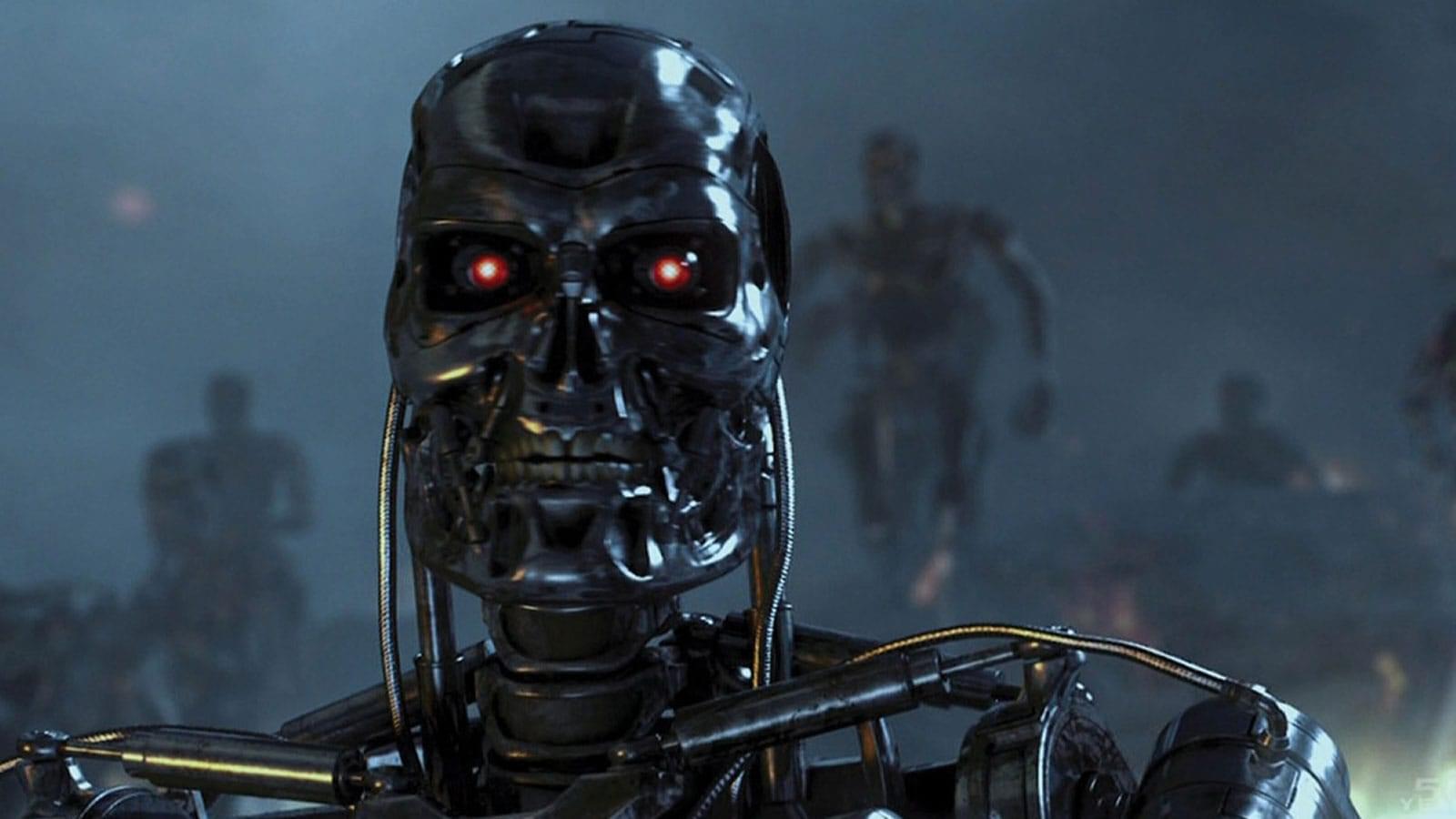
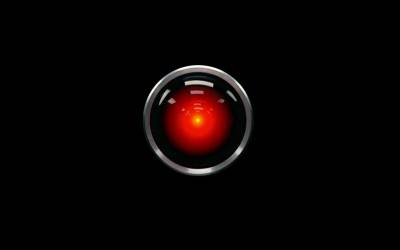
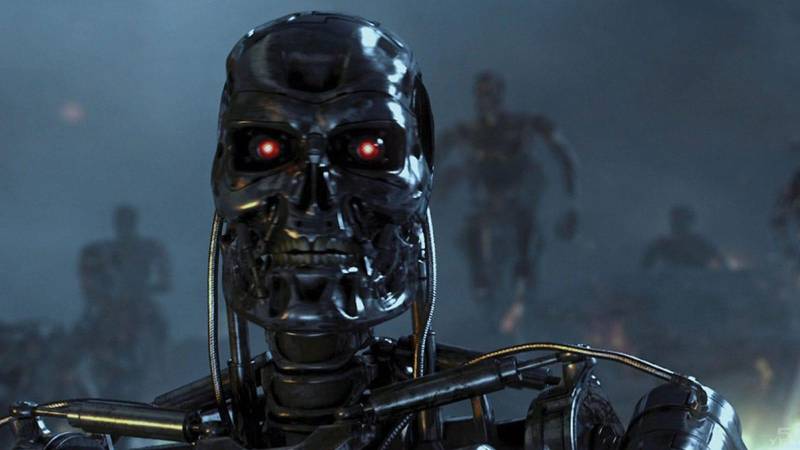

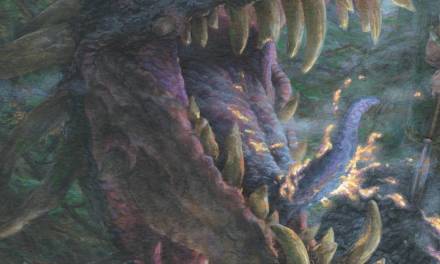
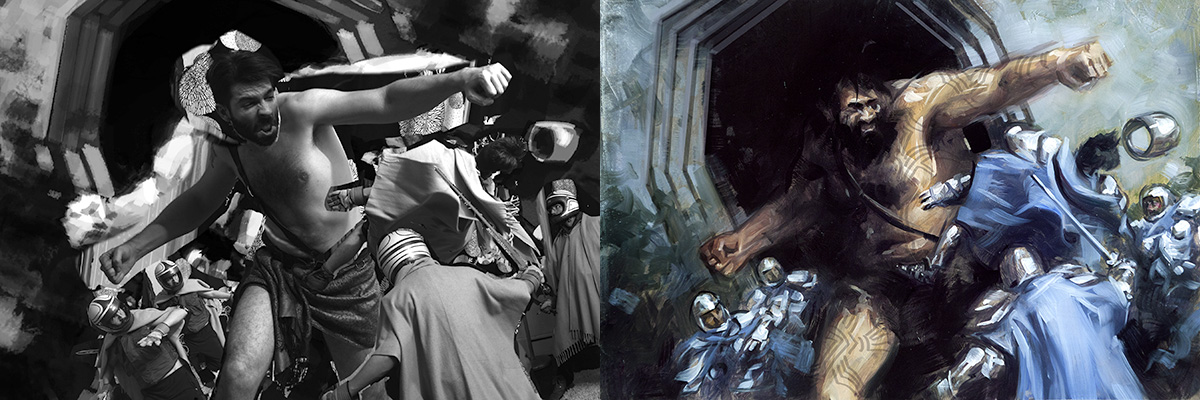
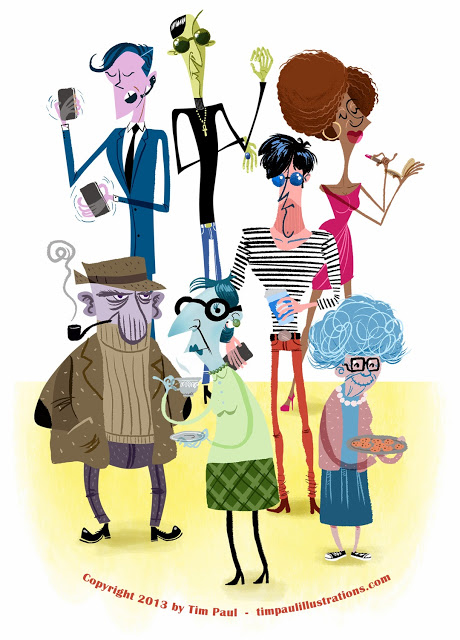
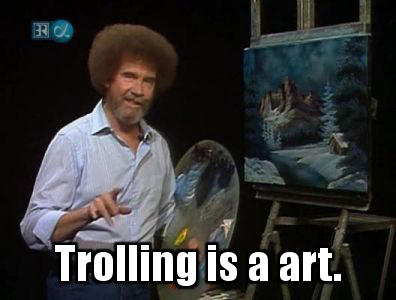
A nice primer on this topic, thank you.
You’re welcome!
FYI
You can now sell your DALL-E 2 art, but it feels murky
https://www.creativebloq.com/news/sell-your-dalle-2
Honest question, how the heck does something like the art used in this article pass muster?
https://newsletters.theatlantic.com/galaxy-brain/62f28a6bbcbd490021af2db4/where-does-alex-jones-go-from-here/
I honestly don’t know what midjourney’s standards and practices are, but I assumed it was similar to other generators like Dall-E2 or Dream where it can’t be used commercially.
I did see this one this morning and thought to edit the article to address it but thanks for commenting so fast. Like I said, the novelty and stunt value is going to lead a few companies to experiment with these things but only until there’s a few more lawsuits and the law precedence is built up. And I looked up Midjourney’s terms of use and let’s just say a lawyer would (and probably will soon) have an absolute field day with it.
Individual works of art can be copyrighted, but an artist’s style can not be copyrighted.
But their name as a corporate entity and the right of advertising can be protected, especially in the case that the artist has formed a legally separate company under their own name.
Amazingly, Midjourney requires ”you” to give credit in professional use?! How ironic.
Great article Lauren! Thanks. been a hot topic in my circles for sure.
Good article on a timely topic! AI images cannot be copyrighted, so basically would be in the public domain category from the start. This may be undesirable for book covers and other high end uses of illustration, but would be fine for some projects with no budget if one is not too fussy what AI can provide. Blog posts would be a good example, where the author could use an inexpensive AI picture to illustrate the article. This very article has presumably copyrighted photos of HAL 9000 and the Terminator robot, you could have used AI images instead and not be concerned about a take down notice. 😉
I was recently granted access to the DALL-E 2 beta, and have been experimenting with it. I agree that most professionals have nothing to worry about. For now anyway, but the tech will surely improve. Frankly, I had higher expectations about what the AI could accomplish due to the pictures I had previously seen online, which apparently were the cream of the crop. While I have been able to generate some cool images, the majority of the results were not very good to my artist eyes. Still, the technology is amazing and fun to play with. Another issue is image size, which currently for DALL-E 2 is only 1024 x 1024, which is pretty low resolution for print. By the way, DALL-E 2 now allows users full usage rights, including print, sales, and merchandise. Except you can’t copyright the picture, so basically anyone else could do the same with said picture without consequence.
Agree with most of what you’re saying HOWEVER there is a quite large legal question about what copyrighted works the AI is using to generate the final images that I am looking forward to seeing get hashed out. It’s not exactly the same as royalty-free art. Just because it cannot be copyrighted originally doesn’t mean that it isn’t derivative of other copyrights.
If you want to look at royalty-free as an example, the questions of user licenses are still very much in effect. Take a platform like Shutterstock, which specializes in royalty-free art. The user license you agree to is very carefully legally worded to keep them out of trouble for anything you use the art for…and these user agreements on the AI platforms seem to be changing weekly if not more. Just trying to compare screenshots from previous articles with what they are live on the websites now is very interesting.
And just a note about the stills of HAL, the Terminator, and the Borg, since Joel mentioned them: entertainment companies as a matter of routine waive copyright on stills for use in newspapers, magazines, books, blogs, and other media under a general banner of publicity and promotion for their productions. It’s a form of Fair Use with clear limitations. What people CAN’T do is make copies of the photos to sell (though some have been known to do it) or turn them into posters or other types of merchandise or use them to market and sell something else (like Borg Beer or Terminator Tacos).
Wow Lauren, Great article! Thanks for sharing these info, I didn’t know about the copyright rules on AI images!
Really interesting topic! Thank you for this perspective.
I can see how this might be a useful tool, and like any new technology, there are pros and cons. I view fantasy art on IG and it’s already gotten to the point where I can tell what art is Midjourney before looking at the tags.
Really interesting perspective on all this, and a good resume of the various issues. For me the biggest question is derivative artwork.
As an artist, I would never use an AI image as is, but have done lots of tests using elements of ai artwork, and then adding a lot of my own painting over top. So if an AIs work can’t be copyrighted, what if I change substantially the image? If I take a copyrighted image and don’t change enough to make it “transformative”, I will lose in court. But if I take an AI image, overpaint on it, and someone takes my derivative work and puts it in their book, can I successfully sue them? Basically will the courts decide I can have copyright of a derivative image based on a non copyrightable image?
And if the answer is yes, will that change if the courts eventually rule that the dataset the AI trained on contains copyrighted material?
So many questions
So many questions! And it takes court cases coming to decisions and getting on the books to build up a precedence. And while that precedence builds up, there may be some companies that take the chance of using AI art (like that Atlantic article) where they can plead legal gray area/ignorance…but most will hold back and wait.
I think the precedence already build up around usage as reference is what’s going to lead the legality on the usage you question above. The infamous Shephard Fairy/Obama poster case actually went to private settlement and not a ruling, which was unfortunate bc then it’s not part of the precedence. The general rule of safety about reference is that you’d use a number of references for any artwork you make (at least 3-5) so no one piece can be obviously traced back to it’s singular reference source. I think AI generated art will just be considered another reference.
Any image without copyright is in the public domain, not just those images that once had a copyright which has expired or been dissolved. The legal case Naruto v. David Slater et al. determined that a nonhuman creating an image (in that case a macaque) had no copyright. This did not prevent anyone from using it commercially (as Wikimedia Commons was doing, sparing the entire legal case), it just meant absolutely anyone could use it.
“… AI-generated art is any GOOD. I honestly haven’t seen anything so good I would put it on a book cover, even if I legally could.”
Try looking at the work done by midjourney
My own knowledge of ai is very limited so take my opinion with some salt but but I wish ai was treated the same way deepfakes and file sharing sites like Napster were treated.
We already have the tech to detect if a deepfake was made, why not do that with Ai art? Thankfully sites like new grounds have banned ai art but at the very least why not make a filter that forces those pictures to have a disclaimer saying “this picture was made solely with ai” or “enhanced with ai”. And get a cap on how much the site allows it to be promoted.
I really hope places that depend on copyrighted images to be used get in trouble like Napster did. Imagine if all musicians saw Napster and said “I guess piracy is here forever, no more making money off music anymore.” its not the final outcome that matters to me, its the fact that your files were used without your consent to make a picture thats meant to look exactly like you. I make art to inspire humans, not a computer. If anything they should be forced to pay us a subscription to use our files for their results and if they can’t afford that or I don’t give consent then my files are off limits.
Thats Great Article! Its very Informative and useful information for here.Thanks for sharing this post.
thx
very informative content
thx